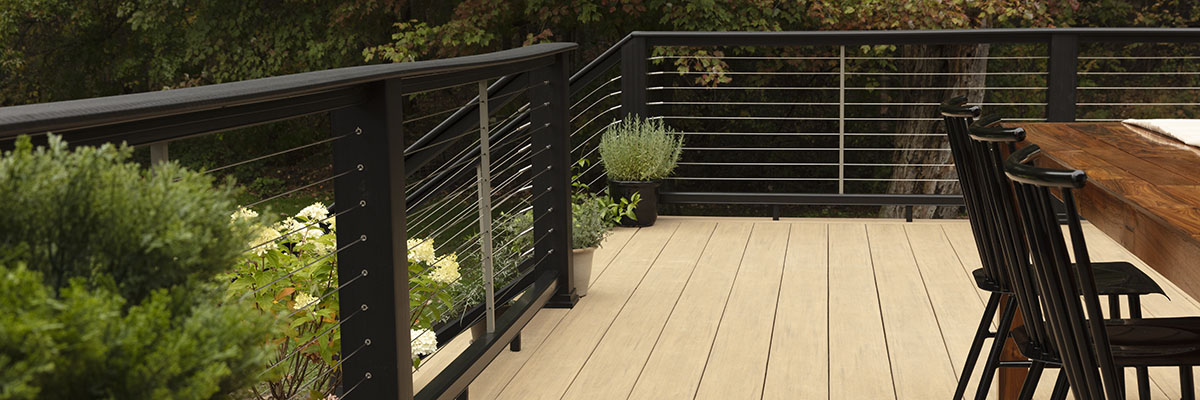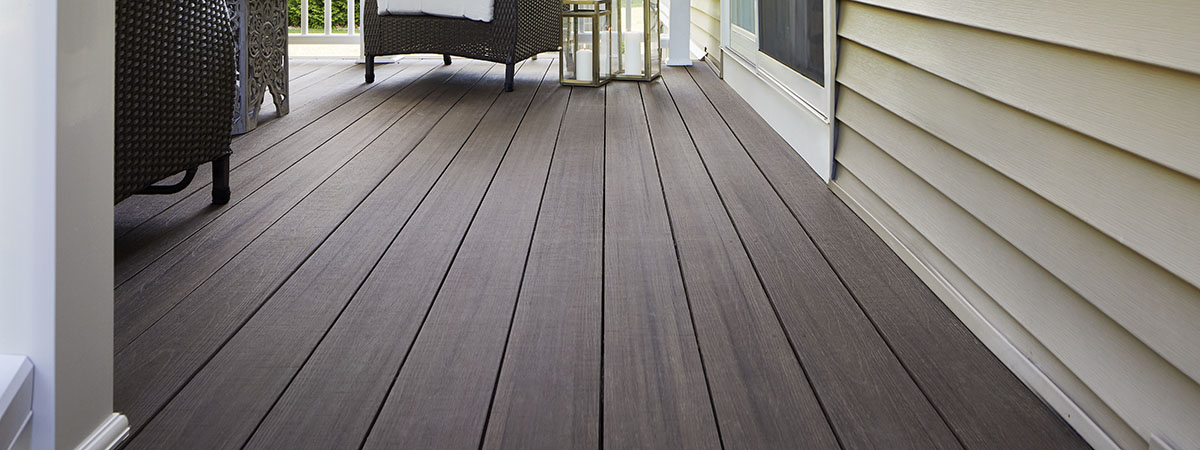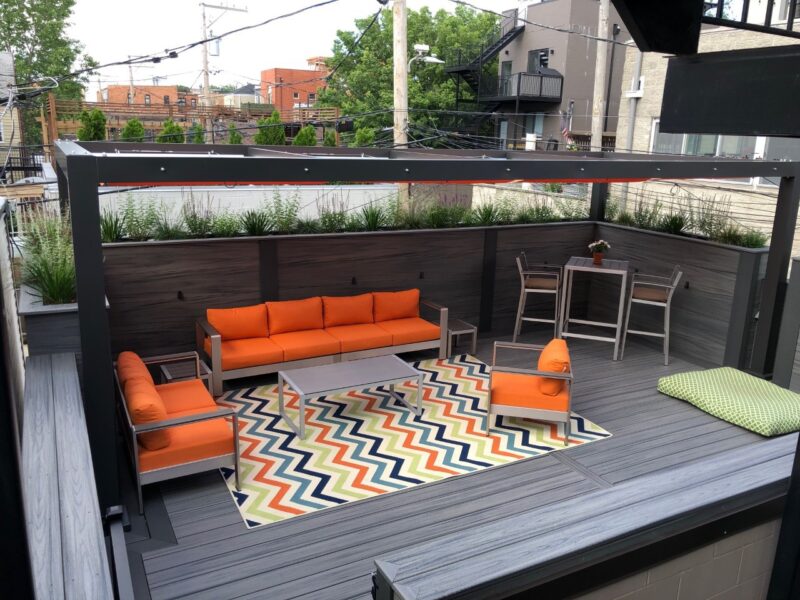Building a deck is an exciting and often challenging experience, one that requires careful consideration of your goals and objectives. One important factor to consider when building a deck is sustainability – incorporating materials, processes, and practices that are mindful of the environment for long-term use and enjoyment.
In this article, we will explore how you can make sustainable choices when it comes to deck building so you can create something beautiful without compromising on quality or performance. Well, look at different types of materials available, as well as design elements such as energy efficiency and water conservation.
Whether youre looking to build a new outdoor living space or just spruce up an existing deck, will provide practical advice on how to incorporate sustainability into your project to ensure lasting success.
Utilizing Eco-Friendly Materials
Using eco-friendly materials when building a deck is an important step in making sustainable choices. There are a variety of options available for creating decks that are good for the environment and can help reduce your carbon footprint.
From sustainably sourced wood to recycled plastic, there are several ways to create an eco-friendly outdoor living space. Reclaimed wood or salvaged lumber can be used as part of the construction process, helping you find value in pre-existing resources while also avoiding deforestation.
Composite decking made from recycled plastic and natural fibers provides another option that eliminates the need for chemical treatments or preservatives associated with traditional wooden decks. Additionally, look into using low VOC paint or stains to minimize air pollution during construction and ensure your finished product is doing its part in protecting our planet!
Maximizing the Efficiency of Your Deck Design

When it comes to maximizing the efficiency of your deck design, sustainability is an important factor. Making conscious choices when building a deck can reduce the environmental impact of the project while also providing economic and social benefits.
From selecting materials with recycled content to choosing wood versus composite, there are many ways you can ensure that your deck meets sustainable design standards. A great starting point for creating a sustainable deck is deciding on what type of material you want to use.
For example, using lumber made from reclaimed sources or certified forests reduces the need for new construction materials and helps preserve natural resources. Additionally, opting for long-lasting products like composite boards means less frequent replacement which further contributes to sustainability goals.
In terms of energy savings during the installation process, investing in LED lighting fixtures or solar-powered lights is another way to make sure that your new outdoor space is eco-friendly as well as efficient and cost-effective over time. It’s also important to consider how much sun exposure your chosen area will get since this can be used strategically to help power exterior features such as fans or small appliances without relying on electricity from indoor sources.
Finally, when designing your new space think about how different elements may interact with one another; such as how landscaping may increase shade coverage over certain areas of the deck or incorporate water features into planter beds in order to create more natural cooling opportunities throughout summer months avoiding reliance on air conditioners—all these considerations add up towards making sure every aspect of your dream outdoor oasis meets the highest level of green standards possible!
Reducing Resources with Reclaimed Components
When it comes to deck building, one of the best ways to incorporate sustainability into your choices is to reduce resources by choosing reclaimed components. Reclaimed materials are a great way to save money and natural resources since they’ve already been used before in another construction project.
For example, you can find old wood from demolished buildings that can be repurposed for outdoor decks and patios. This not only saves money but also helps conserve forests and reduces carbon emissions associated with deforestation.
You may even be able to use recycled plastic or rubber for decking surfaces or railings depending on the size of your project. Other options include using salvageable metal beams as structural supports instead of new ones, or opting for pavers made from recycled glass instead of traditional concrete blocks! The possibilities are endless when it comes to incorporating sustainability into your deck-building decisions while reducing resource consumption at the same time.
Incorporating Sustainable Practices in Construction and Maintenance

Incorporating sustainable practices in the construction and maintenance of a deck is essential to ensure that the deck will last longer while causing minimal environmental damage. Using locally sourced, certified wood or composite materials can help reduce the carbon footprint of your project and improve its durability. Additionally, using eco-friendly paints or stains on your decking can make it easier to clean and maintain while minimizing its negative environmental impact.
Installing solar-powered lighting fixtures for outdoor use is also a great way to conserve energy without sacrificing style or functionality. Finally, by choosing an experienced contractor who specializes in green building techniques you can be sure that all aspects of your project are completed with sustainability in mind.
Utilizing Renewable Energy Sources for Lighting and Heating
When building a deck, one of the most sustainable choices you can make is to incorporate renewable energy sources for lighting and heating. This helps reduce your carbon footprint while also adding an attractive and efficient feature to your outdoor space.
Solar panels are one of the most popular renewable energy sources for decks as they require minimal maintenance and use no electricity or fuel to function. To make sure that solar-powered lights are suitable for your deck, consider the size, location, and type of lighting desired to get the optimum output from each panel.
Additionally, you can look into options such as wind turbines or hydropower systems if access to direct sunlight is limited on certain parts of your deck. For heating needs, a wood-burning stove may be incorporated which uses a natural resource rather than gas or electricity.
Furthermore, using materials like composite wood instead of real wood will help minimize environmental damage caused by timber harvesting practices while maintaining durability and aesthetic appeal making it perfect for outdoor spaces like decks!



